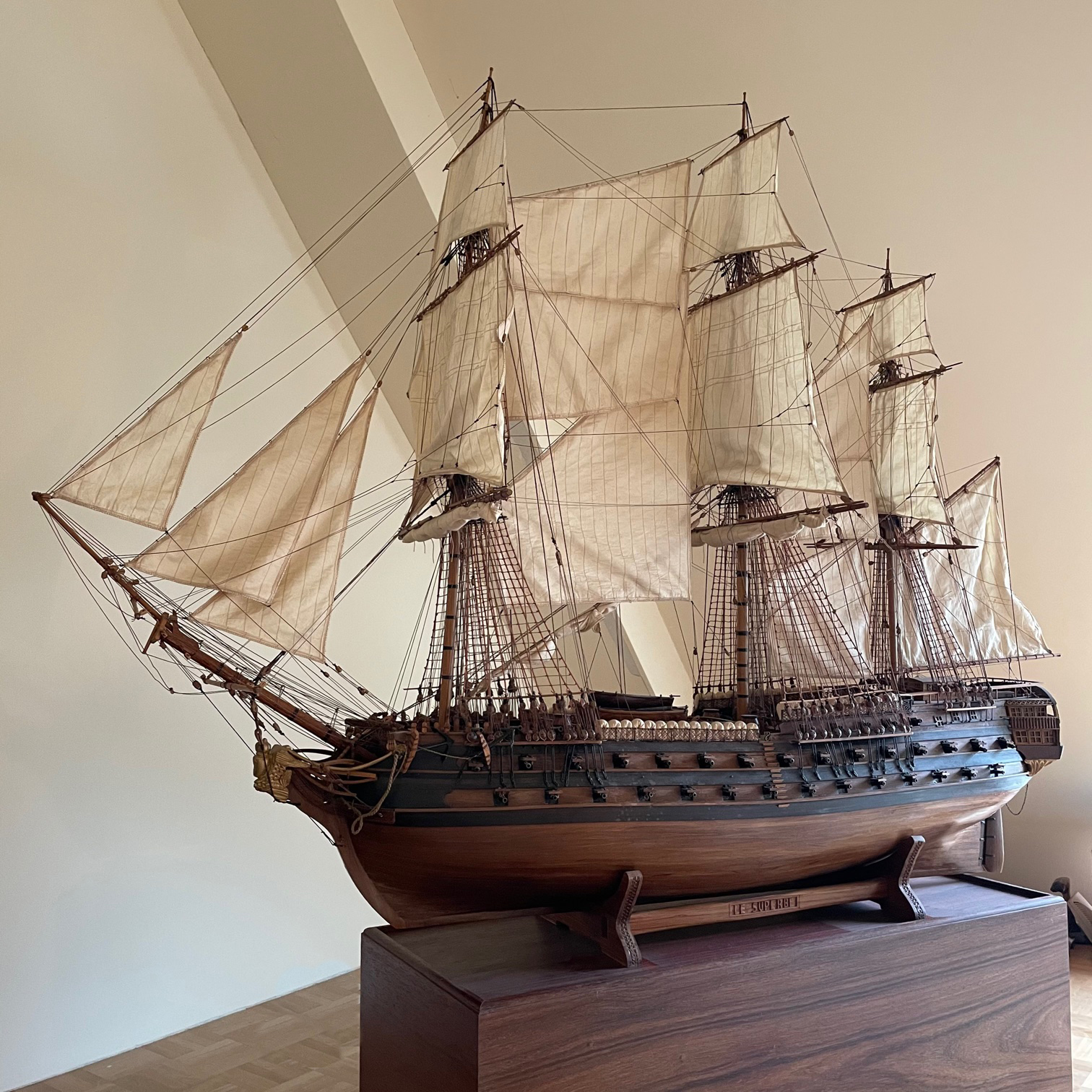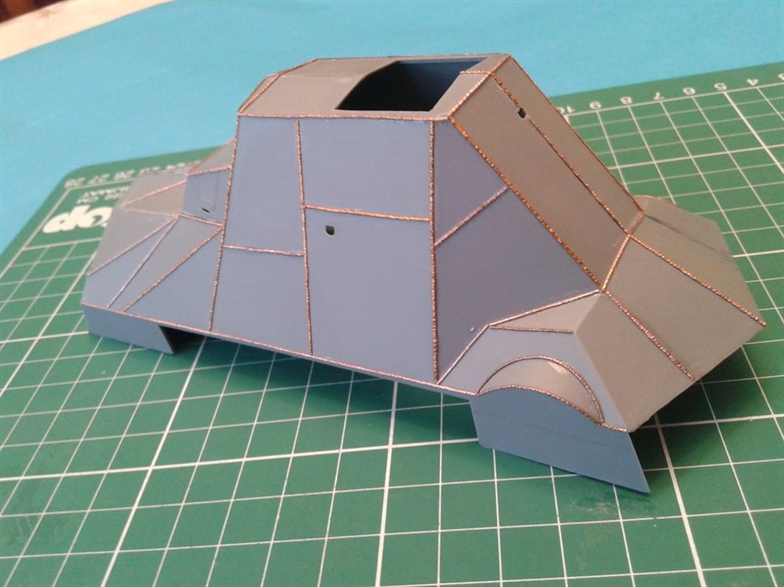

On or facilitating these necessary conversations? How has this pandemic changed Race and racial inequity, white privilege, violence, and justice have flooded Hate being asked what their work is about.īetween COVID-19 and George Floyd's murder, issues of global health and safety, And whatĪbout content? Some choreographers make work that is very narrative, and others Surrounding when, and how, we'll be able to gather in large groups. Imagine the world where we get to come together as a group, as an audience, and What is the role of art-making in such a context? We’re careening from one national tragedy to another. What matters one week ceases toīe important the next. This conversation feel a little like quicksand. Our national reality kept pivoting and changing, making I’m writing this on Septembut everything that follows from here Work that you were working on-everything feels so different now.


We started this conversation months ago to talk about a dance I hope you're safe and healthy, and feeling some sense of grounding in Max Wirsing: First of all, welcome back to Of human somatic experience, and harness the potential of built form as Through his pursuit ofĪrchitecture, he attempts to understand the built environment through the lens Wirsing wasĪ recipient of the 2014 McKnight Fellowship for Dancers. Was the Company Manager for Emily Johnson/Catalyst for many years.

Work by Morgan Thorson, Karen Sherman, Chris Schlichting and Justin Jones, and Prior to matriculation at Yale, Max Wirsing worked for over a decade in the performing arts as a freelance dancer and artsĪdministrator for various Minneapolis-based dance companies. Physicist Sarah Demers, she is coauthor of Physics With a secondary appointment in Directing at Yale School of Drama. She isĪssociate Professor in Theater and Performance Studies and director of dance, Rainer’s “Parts of Some Sextets” (1965) for the Performa 19 Biennial. (2017), and “A History of Light” (2018), developed with Josiah McElheny, bothĪt Danspace Project/St. Recent commissions include her first evening-length work, “Incarnations” Guggenheim, Yale Art Gallery, and the Wadsworth Atheneum, among other venues. Her choreography has beenĬommissioned and presented by Danspace Project, Performa, Baryshnikov ArtsĬenter, University of Chicago, Ballet Memphis, Works & Process at the Opportunity abounds, priorities shift, and ideas break new ground.Ĭoates has performed internationally with the New York City Ballet, Mikhailīaryshnikov, Twyla Tharp, and Yvonne Rainer. Their crafts and thinking, and are natural collaborators. Both Coates and Wirsing take highly interdisciplinary approaches to Model that has pushed the majority of coursework online. Year of the M.Arch I program at the Yale School of Architecture his program isĬurrently navigating the risks of the COVID-19 pandemic, adopting a hybrid Yale, had just finished a busy fall of performances and premieres. Underlined the deep lyricism and consciousness of gesture.Īssociate Professor in Theater and Performance Studies and director of dance at Who have long studied the strategies and symbolism of the human form, it has For many, this kinetic re-orientation is new and jarring. Dance and architecture in a changed worldĮmily Coates in conversation with Max WirsingĬOVID-19 has introduced a new awareness of physical space and movement into our


 0 kommentar(er)
0 kommentar(er)
